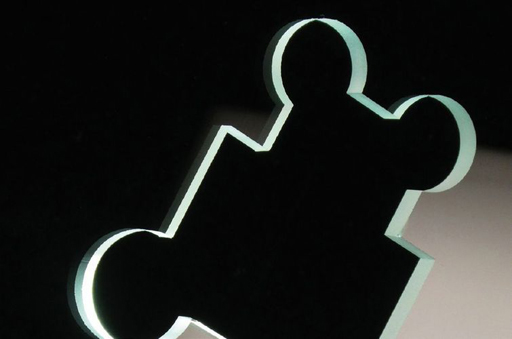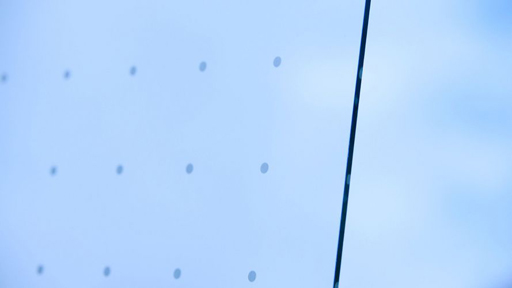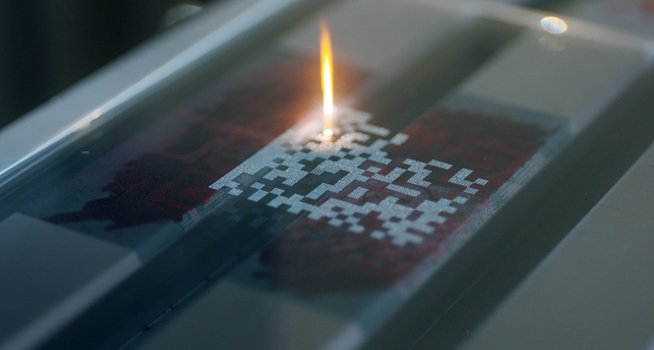LiSEC announced the migration of cericom GmbH into LiSEC laser processing as new part of the LiSEC all.in.one:solutions portfolio. This strategic move enhances LiSEC’s technological capabilities and market presence.
cericom GmbH, known for its pioneering laser technology and precision in glass processing, has already been a valuable part of the LiSEC Group. Transforming it into LiSEC laser processing allows LiSEC to combine its strengths to offer superior solutions in the glass processing industry.
As the demand for glass processing continues to rise, LiSEC laser processing offers a comprehensive range of solutions tailored to meet the unique needs of various branches in the glass industry.
Whether you want to frost the surface of the glass, remove or structure coatings, drill in complex shapes contact-free, or even save the lives of birds: With LiSEC’s glass laser processing solutions, sophisticated projects in architecture and design can be realized. LiSEC’s laser processing machines are equipped with the latest laser technology and allow you to decorate and drill glass easily and precisely.

Bird-friendly glass is designed to make glass visible as an obstacle to birds, thereby preventing bird deaths. In the past, black bird-shaped stickers were applied to glass surfaces as a deterrent, but these proved ineffective. Today, adhesive films with patterns such as stripes or dots, fly screens, special window paint or cord curtains are recommended.
However, these solutions are often unattractive, they are impractical for most large buildings, and they also obstruct the view. An alternative is bird-friendly glass, which is produced using laser processing machines. The laser modifies the glass so that its transparency and reflectivity are altered. This allows birds to see the surface immediately and avoid flying into it.
What may seem like a minor difference to humans can be a matter of life and death for birds. By reducing the rate of bird strikes, LiSEC can minimize human intervention in the ecosystem. This approach not only protects bird populations but also maintains the aesthetic and functional integrity of buildings.






